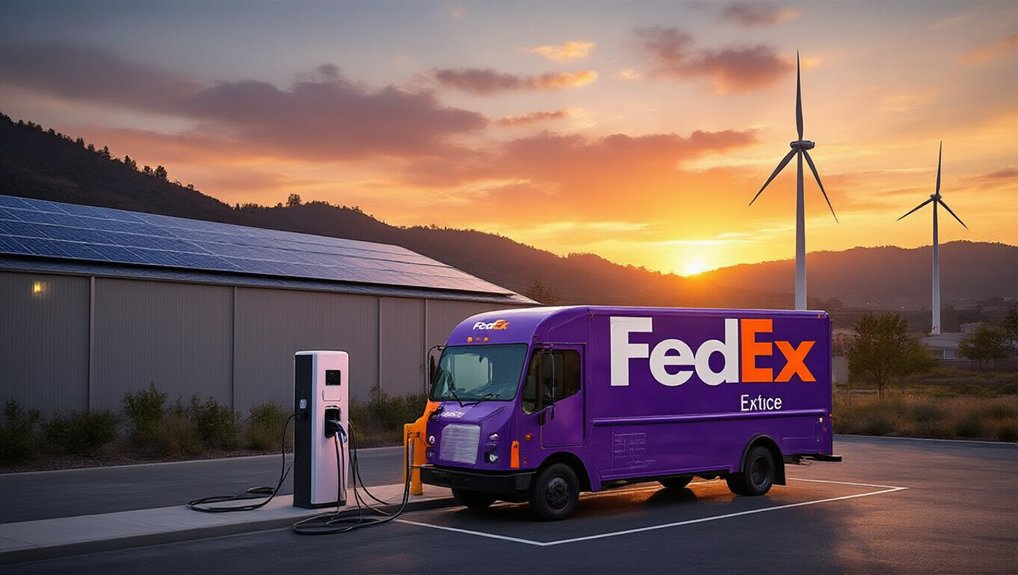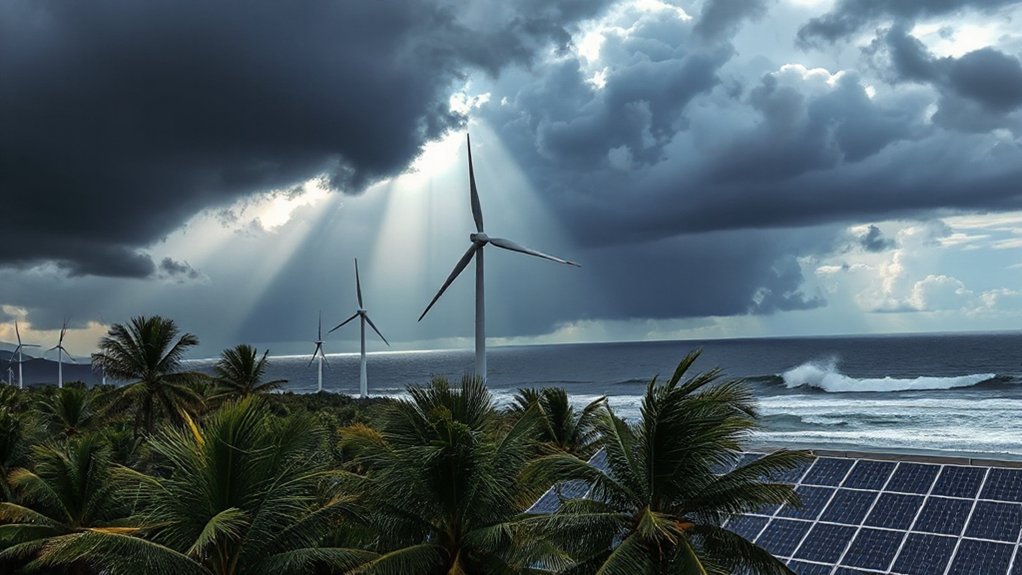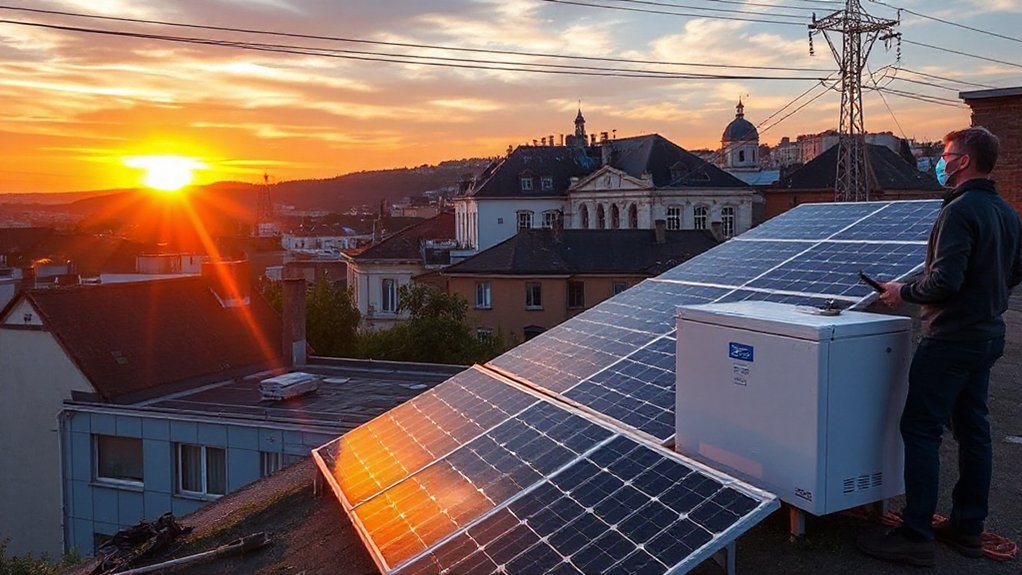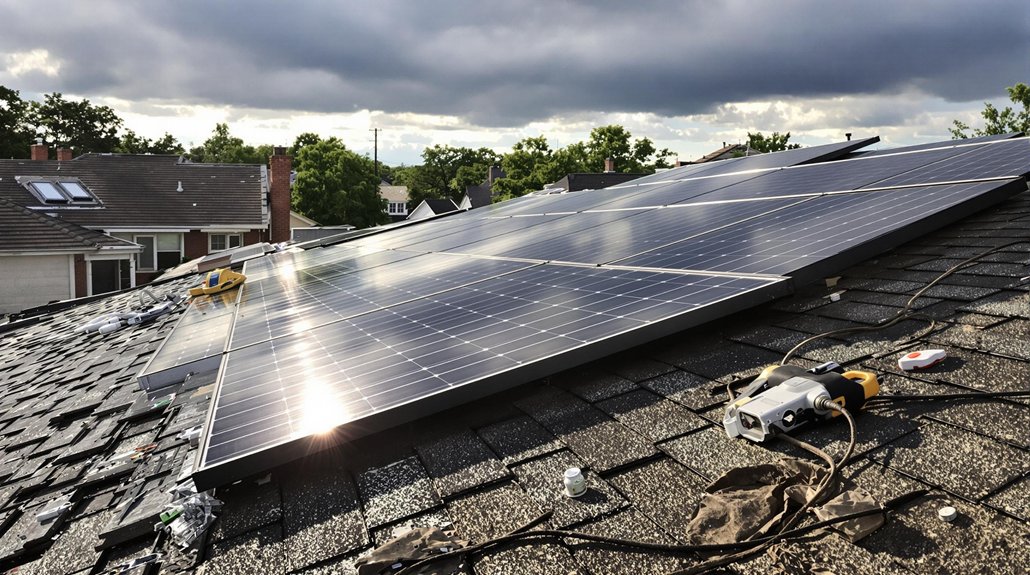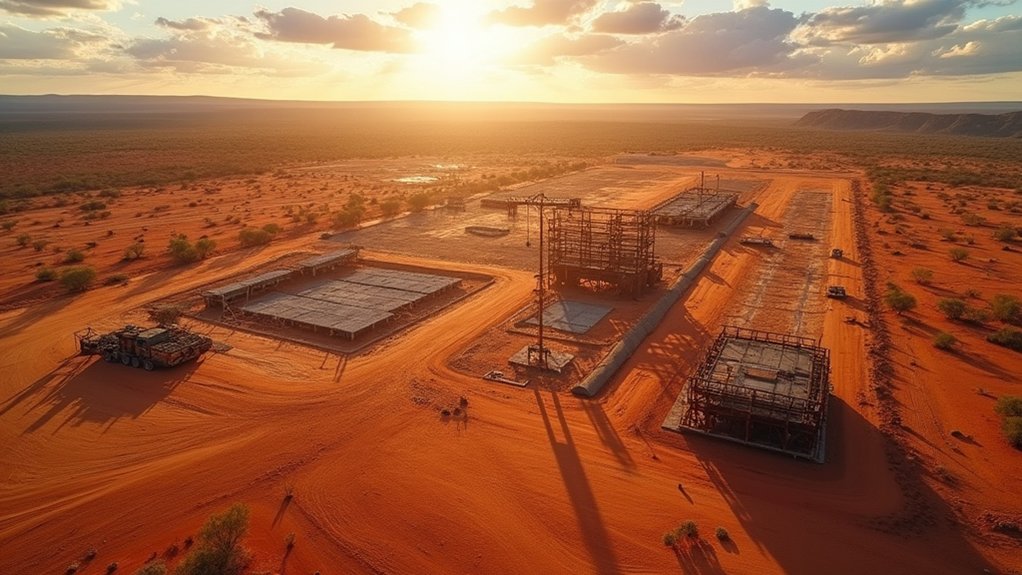FedEx just dropped $2 billion on a sustainability makeover. The delivery giant is betting big on electric trucks, renewable energy, and carbon capture tech. They’re aiming to electrify their entire pickup and delivery fleet by 2040. That’s thousands of gas-guzzling vehicles getting the boot.
FedEx drops $2 billion to electrify thousands of gas-guzzlers by 2040.
The plan isn’t just about swapping diesel for batteries. FedEx is dumping $100 million into Yale’s new Center for Natural Carbon Capture. Because apparently, when you fly jets around the planet 24/7, you need scientists to help suck carbon back out of the air. Makes sense.
Their 5,000-plus facilities are getting a green overhaul too. Solar panels everywhere, renewable energy contracts, the whole nine yards. They want 100% clean energy powering their warehouses and sorting centers by 2040. Right now they’re shooting for 500 gigawatt-hours of renewable juice as a warm-up act. The company’s on-site solar facilities already generated over 24.8 million kilowatt hours of clean energy last year. With solar panel technology delivering 90% cost reduction since 2009, FedEx’s investment in solar infrastructure makes financial sense alongside environmental benefits.
Here’s where it gets interesting. FedEx is going all-in on sustainable aviation fuel. They’re already pumping millions of gallons of the stuff into their planes annually. It’s basically jet fuel made from plants and waste instead of crude oil. Still burns, still emits carbon, but hey, it’s progress. The company already rolled out its first 50 electric vehicles in Canada, hitting the streets in Ontario, Quebec, and British Columbia.
The company joined the Electrification Coalition Business Council, which sounds fancy but basically means they’re lobbying for EV-friendly policies. They’re running pilot programs with electric trucks, complete with “show and tell” sessions. Picture your neighborhood FedEx driver showing off their shiny new electric ride like it’s career day at elementary school.
Cloud-based emissions tracking is part of the package. Because you can’t manage what you can’t measure, or something like that. They’re promising transparency, which in corporate speak usually means quarterly reports nobody reads.
This isn’t just corporate greenwashing. FedEx is putting serious money where its mouth is. Two billion dollars says they’re committed to beating Paris Agreement timelines. Whether they pull it off is another story.
But for a company built on fossil fuels, it’s a hell of a pivot. The logistics sector better pay attention. The game’s changing, and FedEx just ante’d up.
References
- https://www.fedex.com/en-ca/sustainability.html
- https://www.fedex.com/en-ca/sustainability/our-approach.html
- https://www.fedex.com/content/dam/fedex/us-united-states/sustainability/gcrs/FedEx_2025_CR_Executive_Summary.pdf
- https://www.fedex.com/en-us/about/policy/sustainability.html
- https://fedexcares.com/stories/advancing-climate-solutions/fedex-sets-2040-carbon-neutral-target
